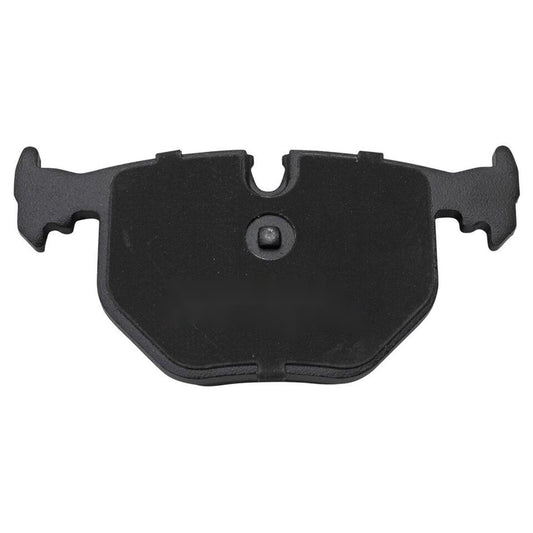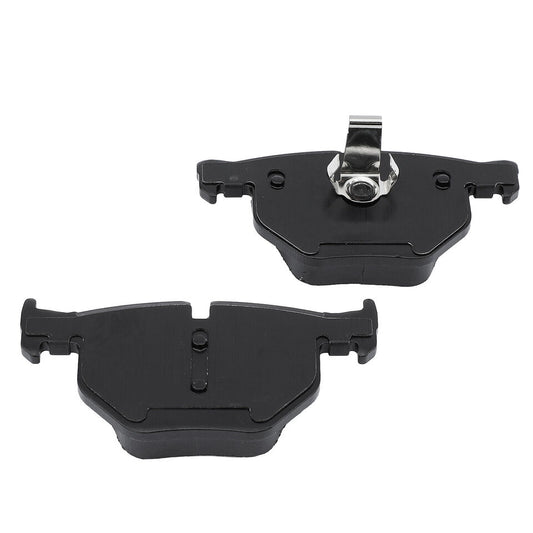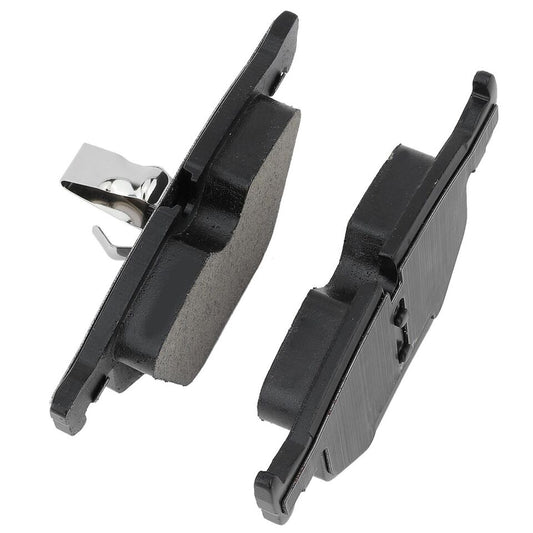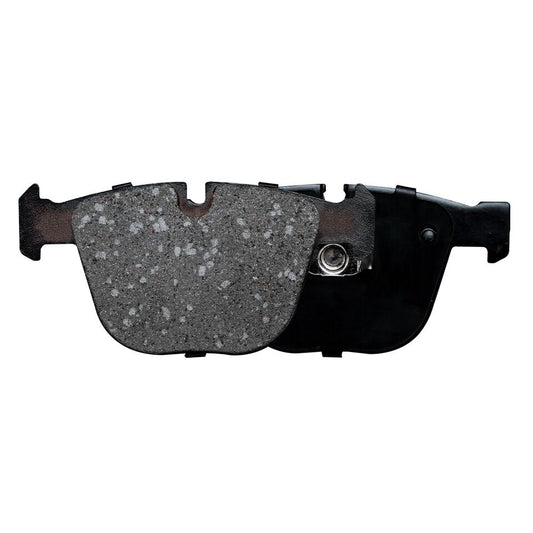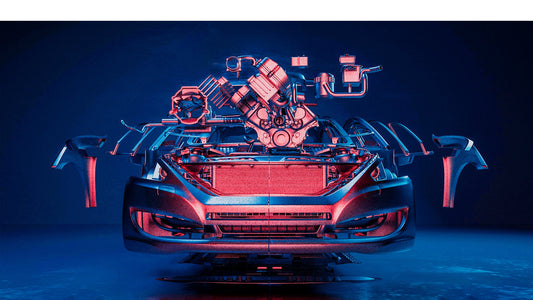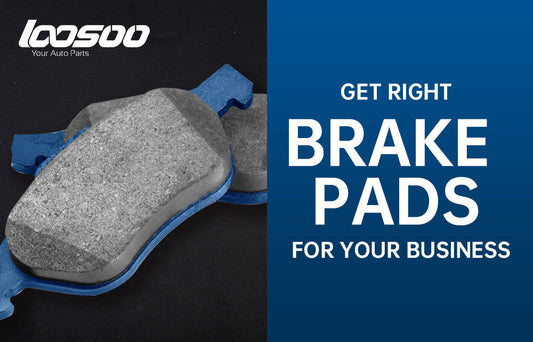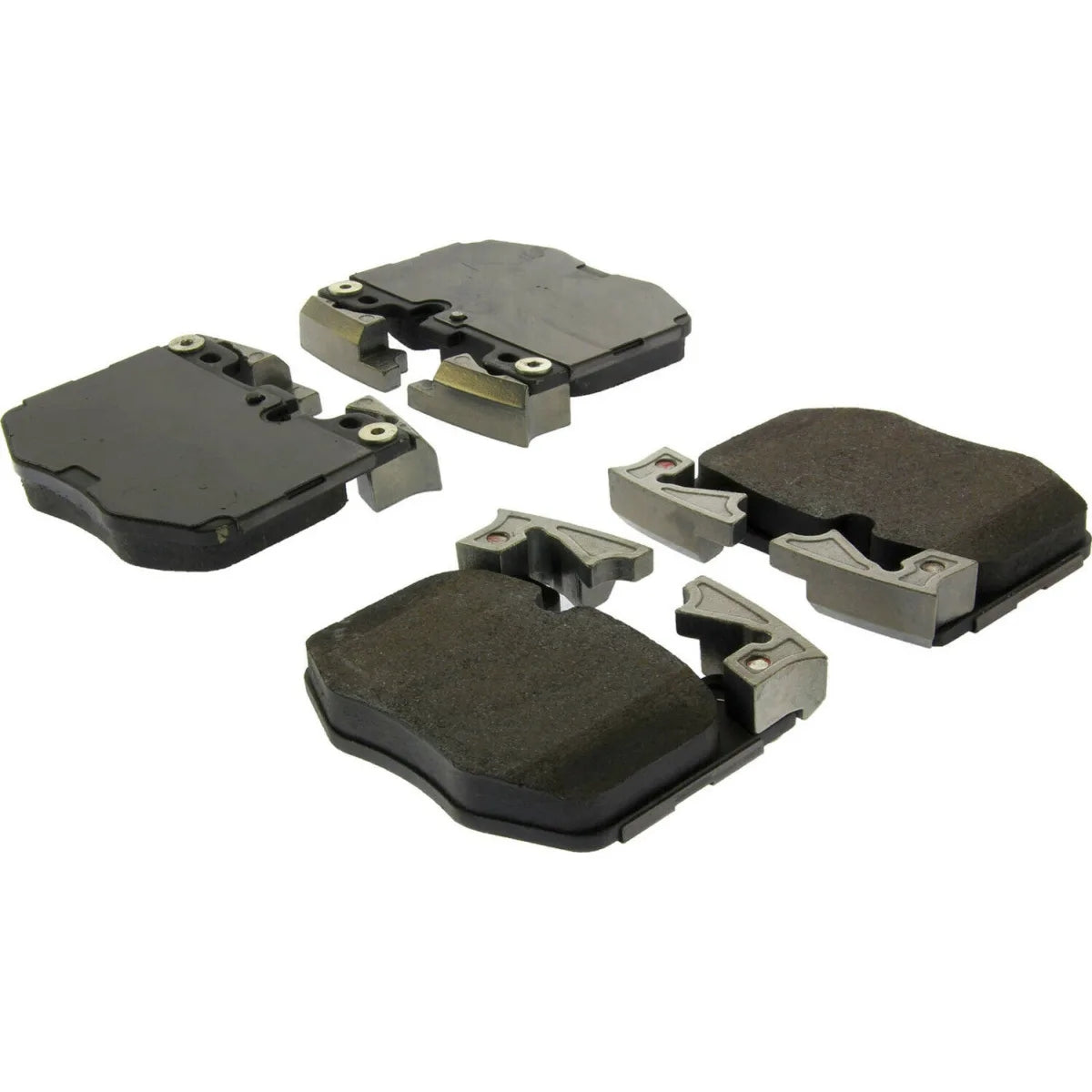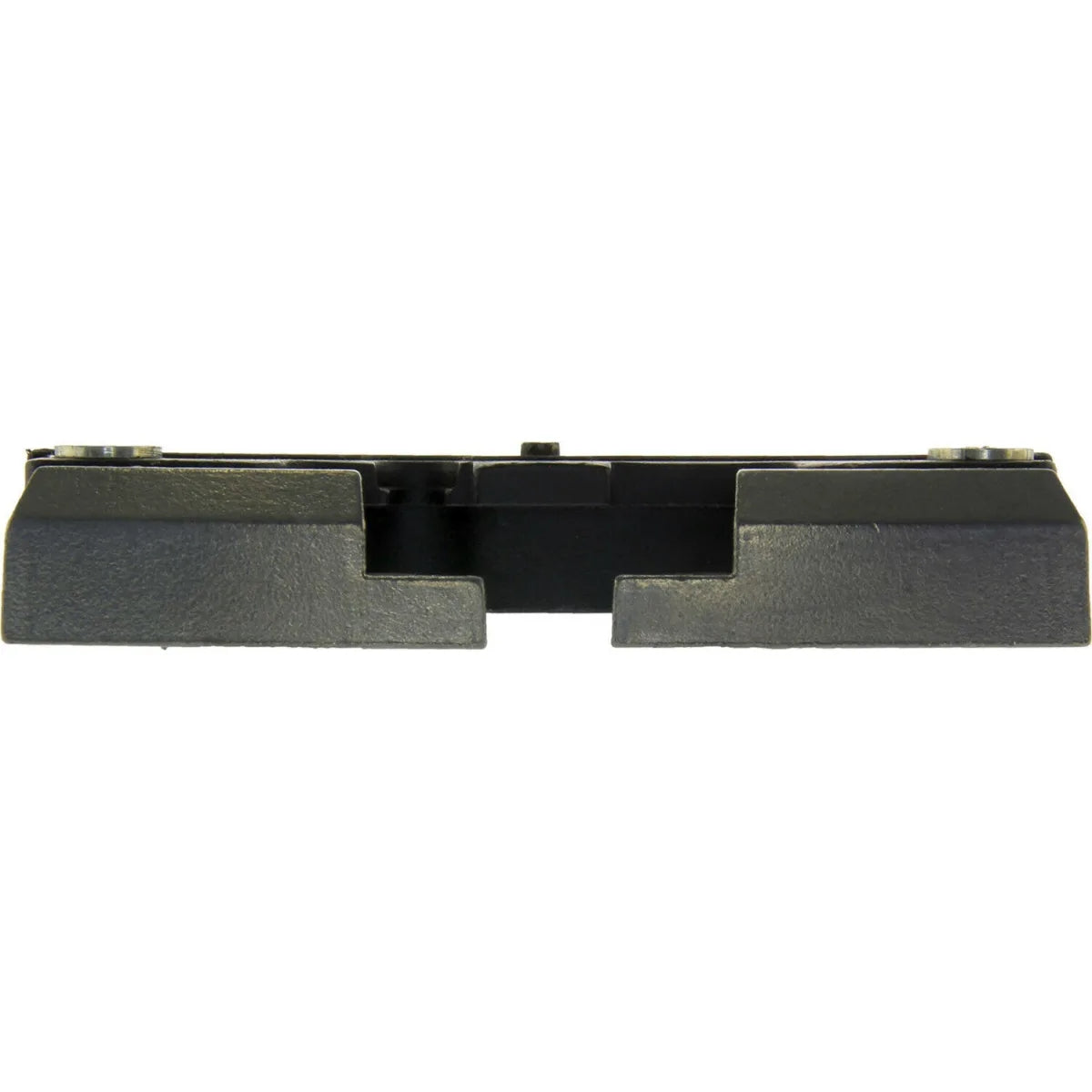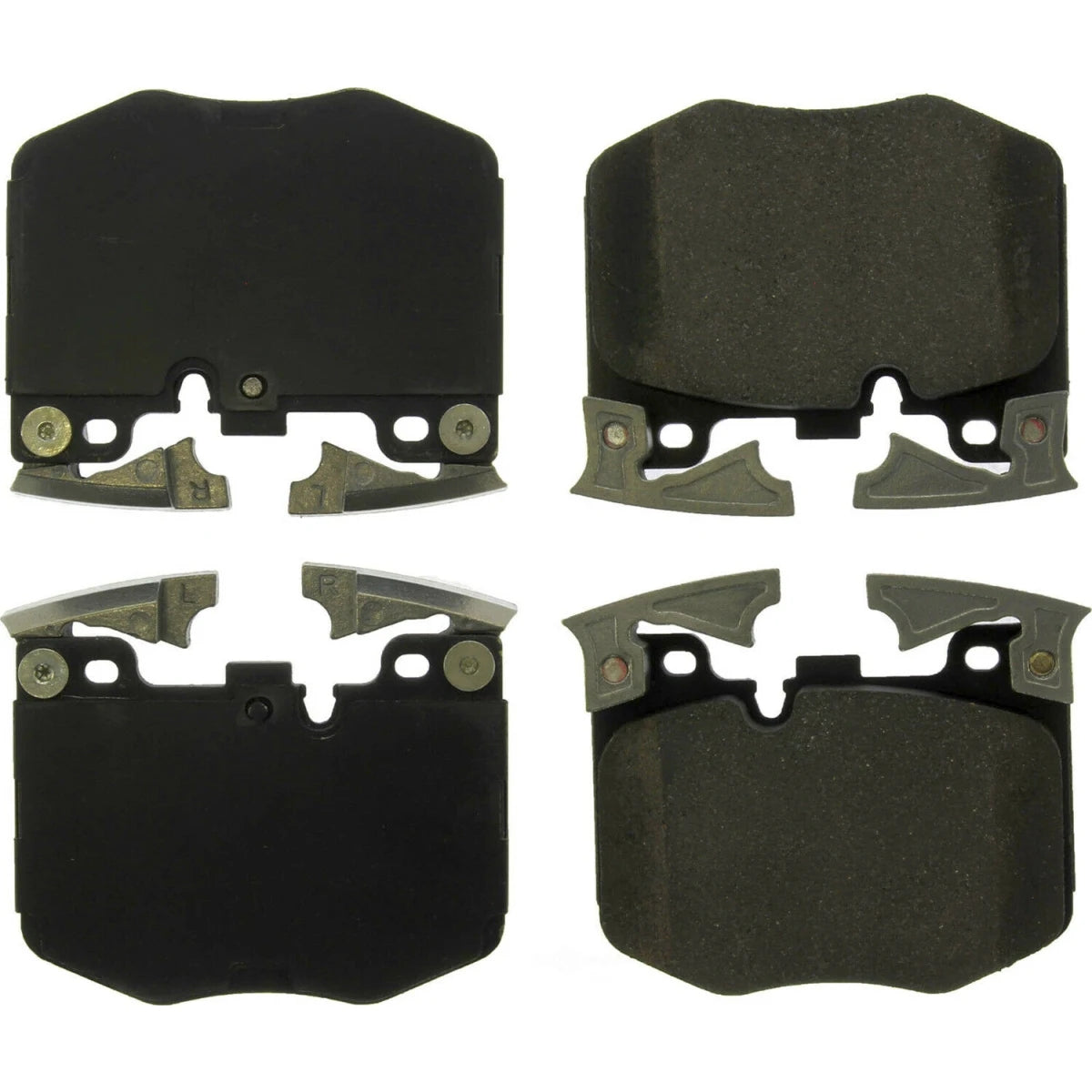loosoostore
Plaquettes de frein BMW X3 2020
Plaquettes de frein BMW X3 2020
Pièces : jeu de plaquettes de frein
Marque : loosoo
Matériau du tampon : céramique/semi-métal/sans métal
Utilisation recommandée : remplacement OEM
Remplacer le numéro d'équipement d'origine : 34 11 4 073 936,34 21 6 796 741
Références interchangeables : 34 11 4 073 936, 34 21 6 796 741
Téléchargement de données
Téléchargement de données
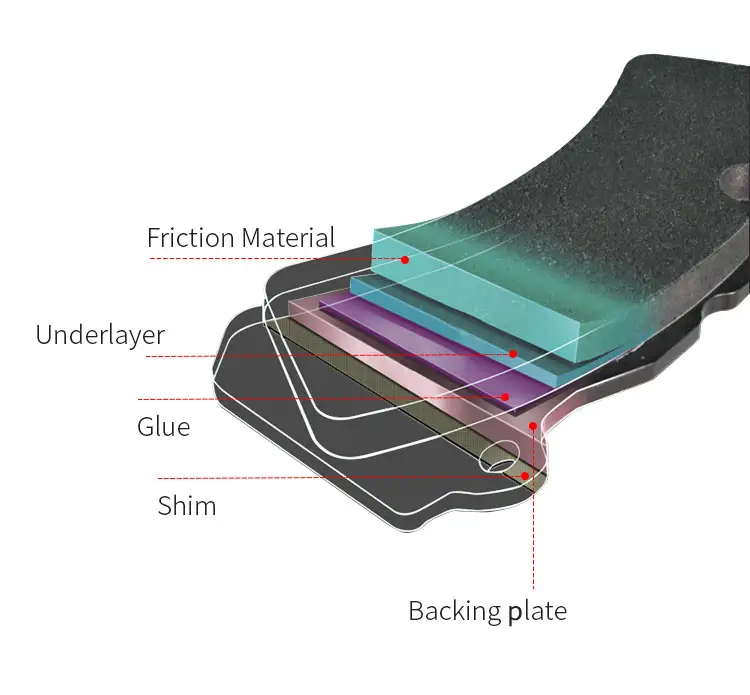
Plaquettes de frein BMW X3 2020
Résistance à la corrosion
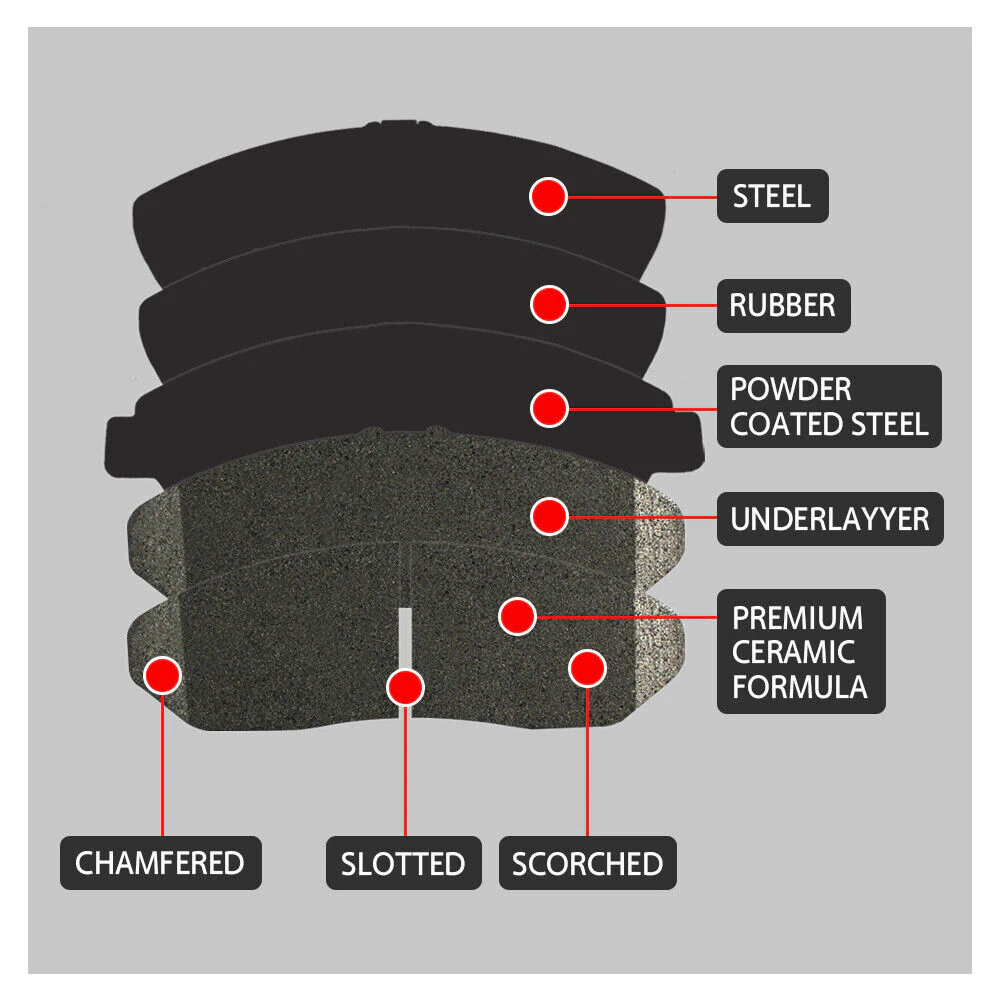
loosoostore
Coefficients de frottement personnalisés
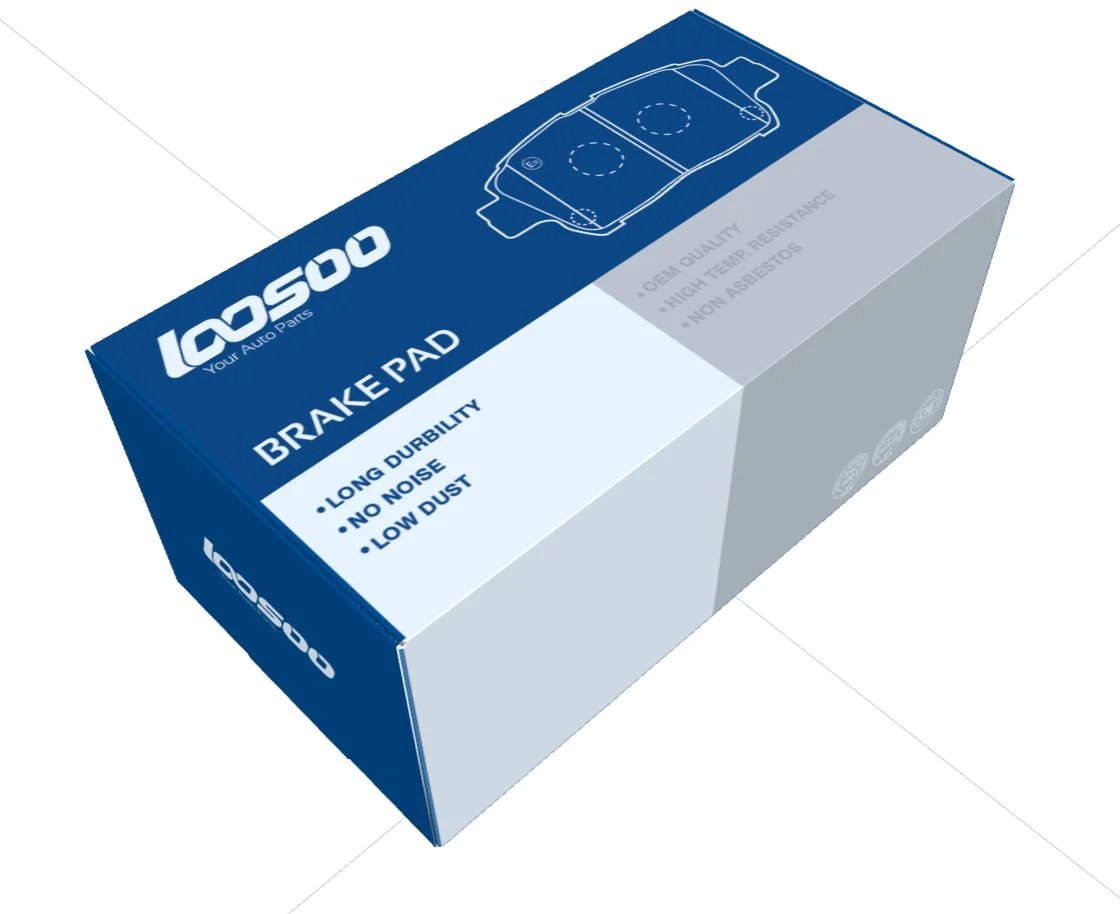
Pièces détachées automobiles
Performances testées sur piste
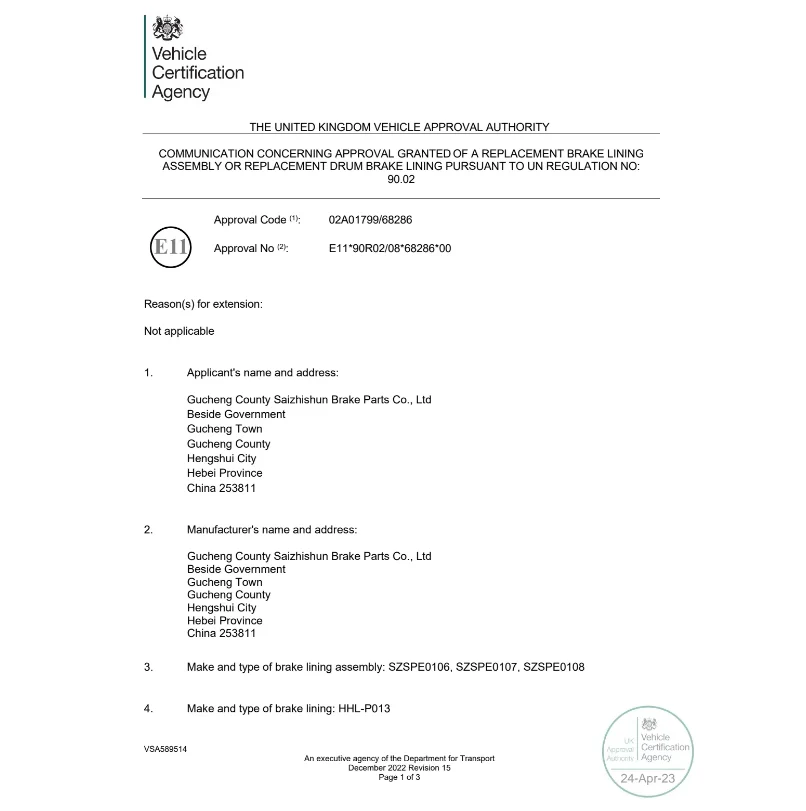
Plaquettes de frein BMW
Modèles compatibles
Fabricants de pièces automobiles

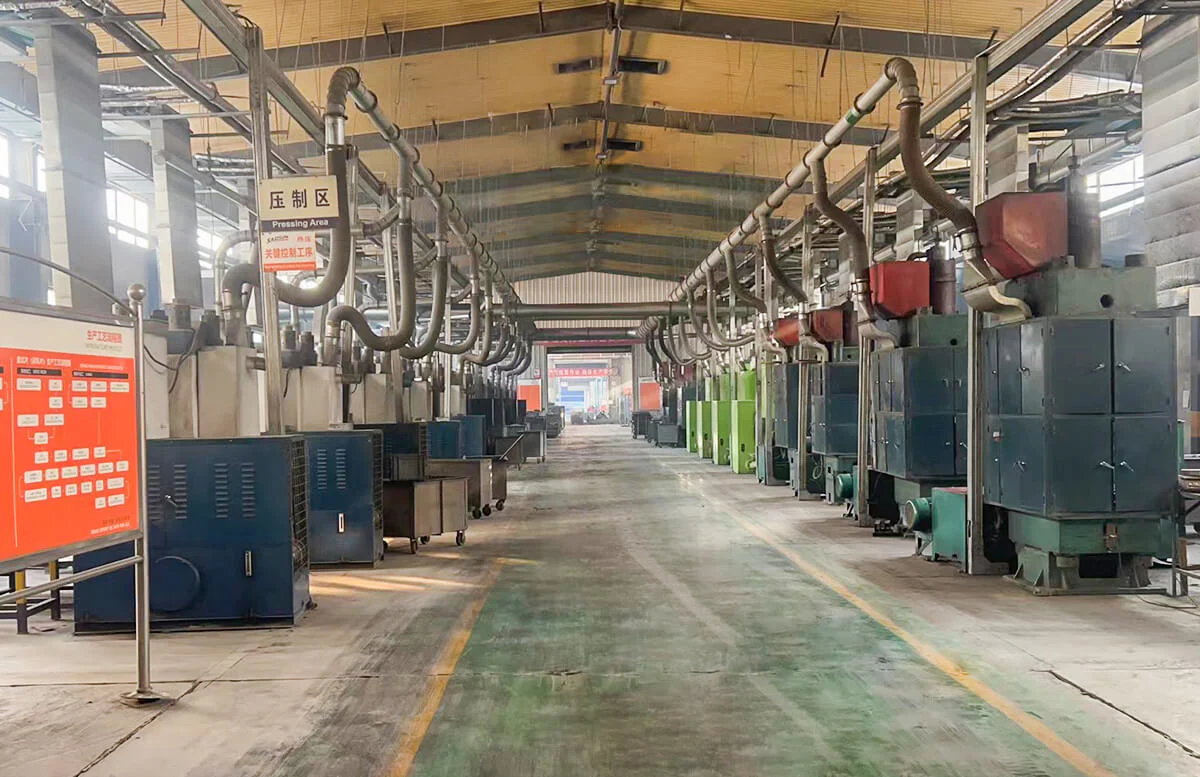

FAQ sur les plaquettes de frein
Combien d'années durent les plaquettes de frein ?
En moyenne, les plaquettes de frein durent généralement entre 30 000 et 70 000 miles (48 000 à 112 000 kilomètres).
Comment vérifier l’usure des plaquettes de frein ?
Inspectez visuellement l'épaisseur des plaquettes de frein. La plupart d'entre elles sont munies d'un indicateur d'usure au milieu. Si l'épaisseur des plaquettes est proche ou inférieure à cet indicateur, il est temps de les remplacer.
Coût de remplacement des plaquettes de frein
Le coût du remplacement des plaquettes de frein peut varier en fonction de plusieurs facteurs, tels que la marque et le modèle de votre véhicule, la qualité des plaquettes de frein que vous choisissez et les tarifs de main-d'œuvre dans votre région.
Combien de temps durent les freins ?
En moyenne, les plaquettes de frein peuvent durer entre 30 000 et 70 000 miles, tandis que les disques de frein peuvent durer entre 50 000 et 70 000 miles.
Formulaire de contact
We primarily offer wholesale services, specializing in providing high-quality automotive parts for bulk customers.






